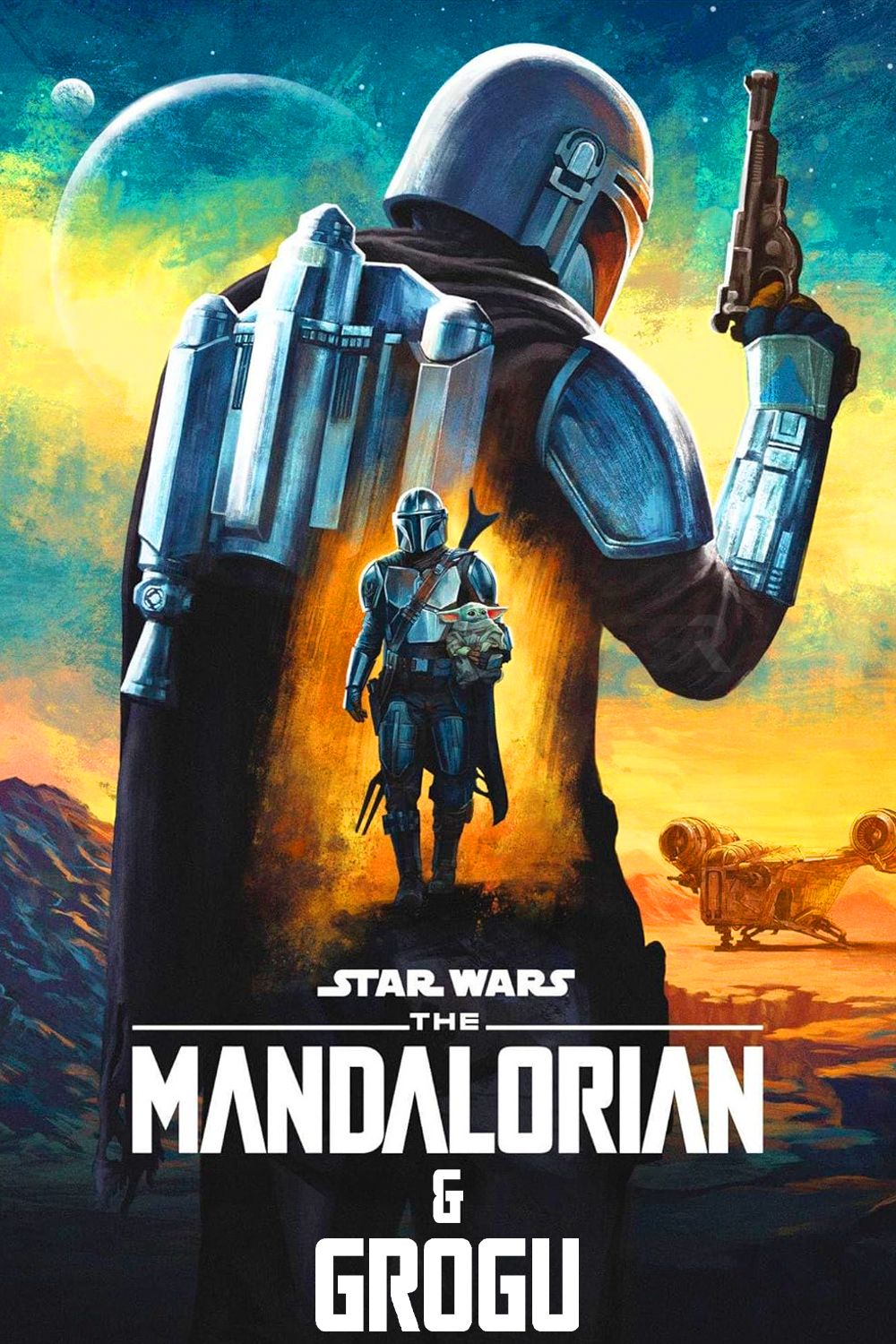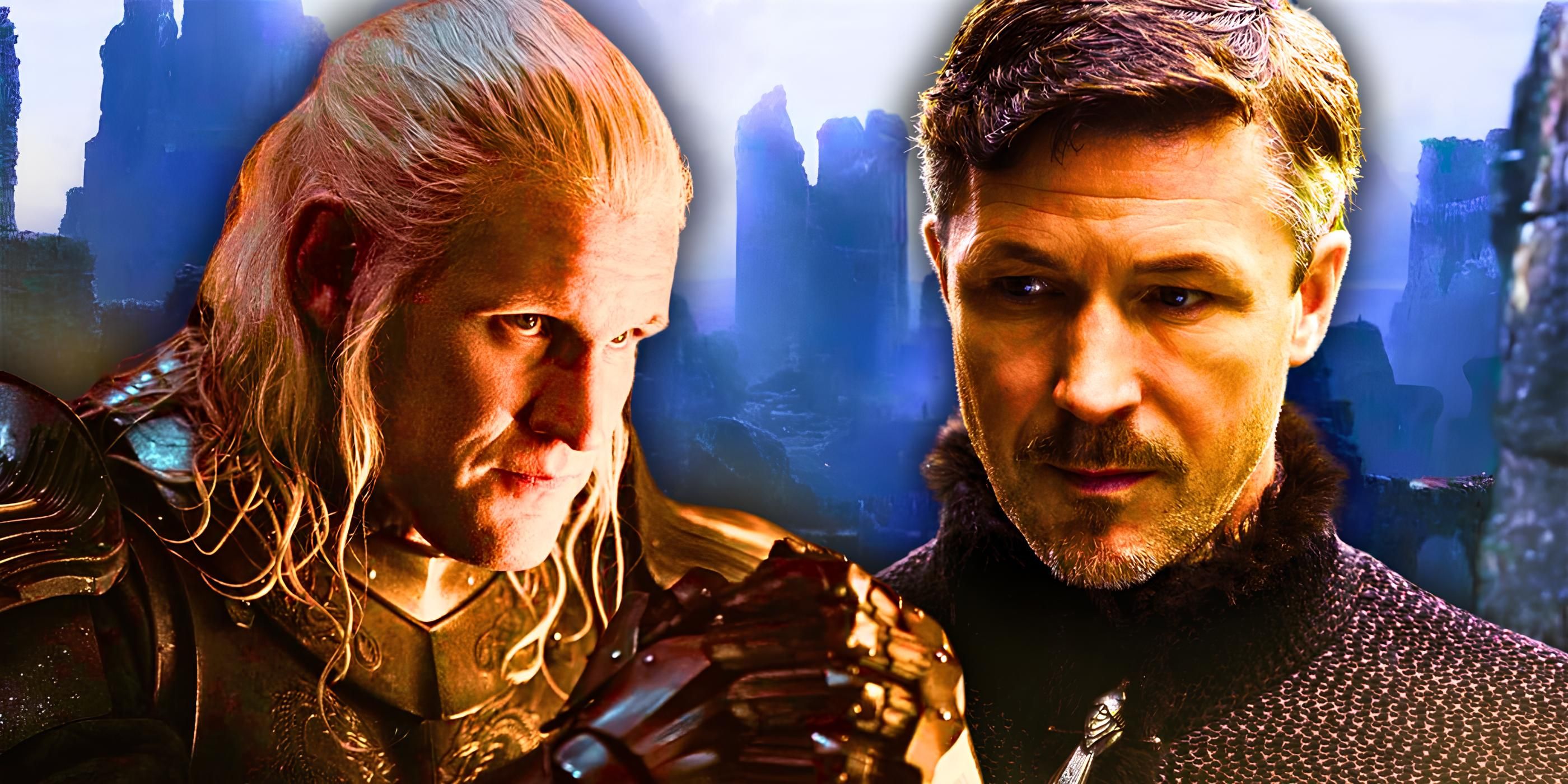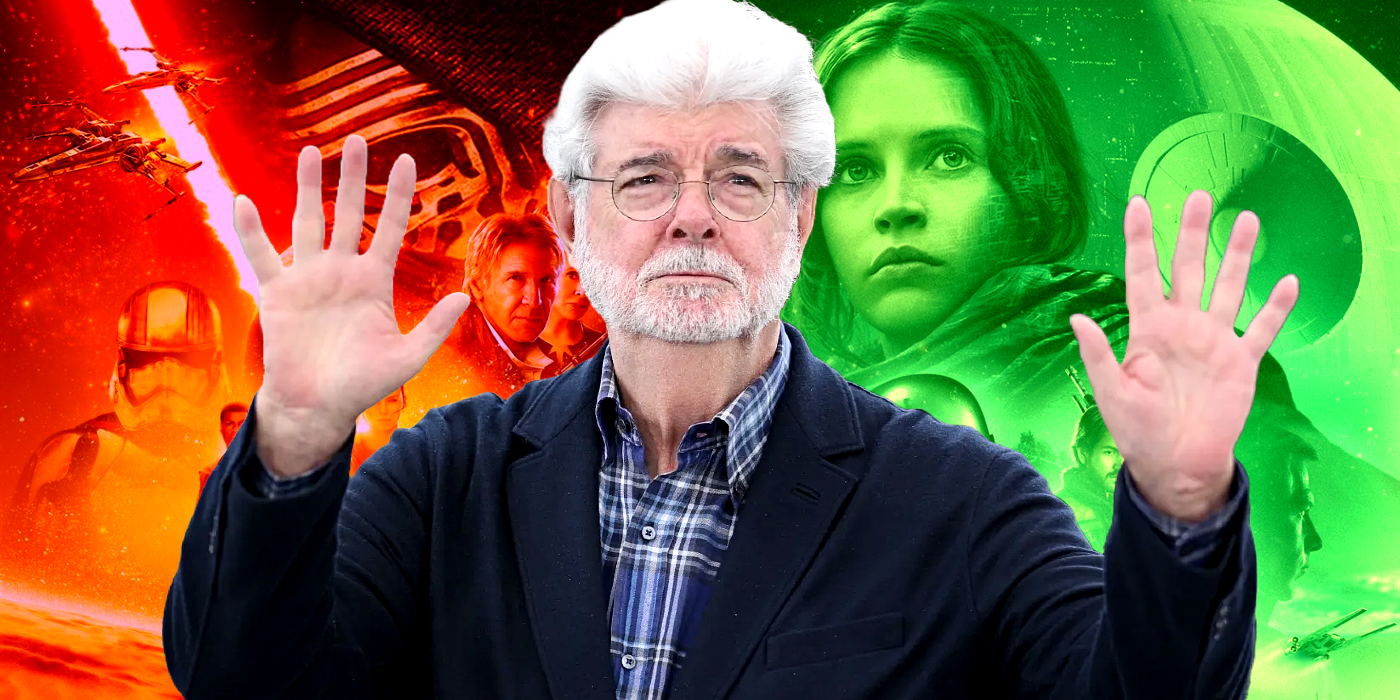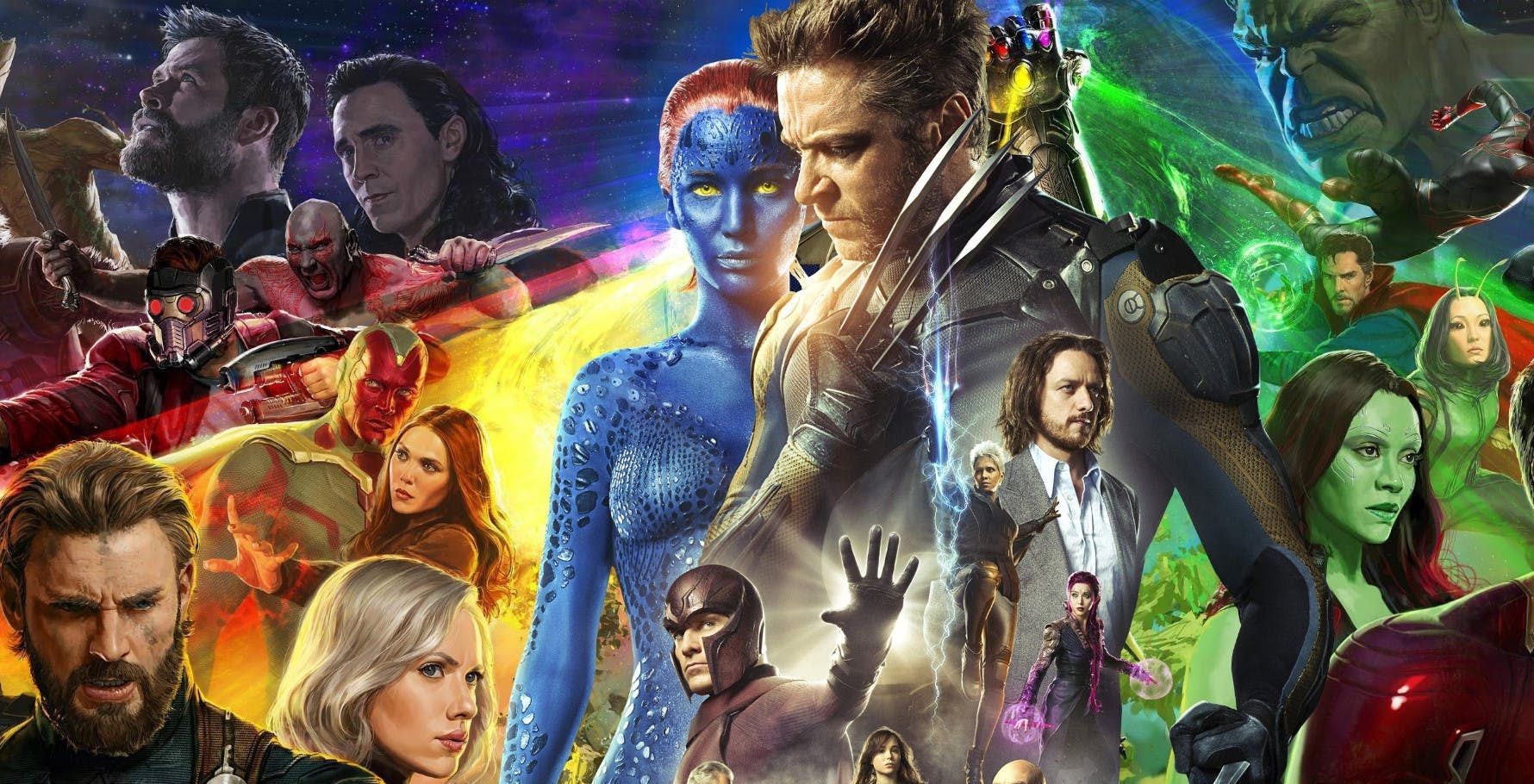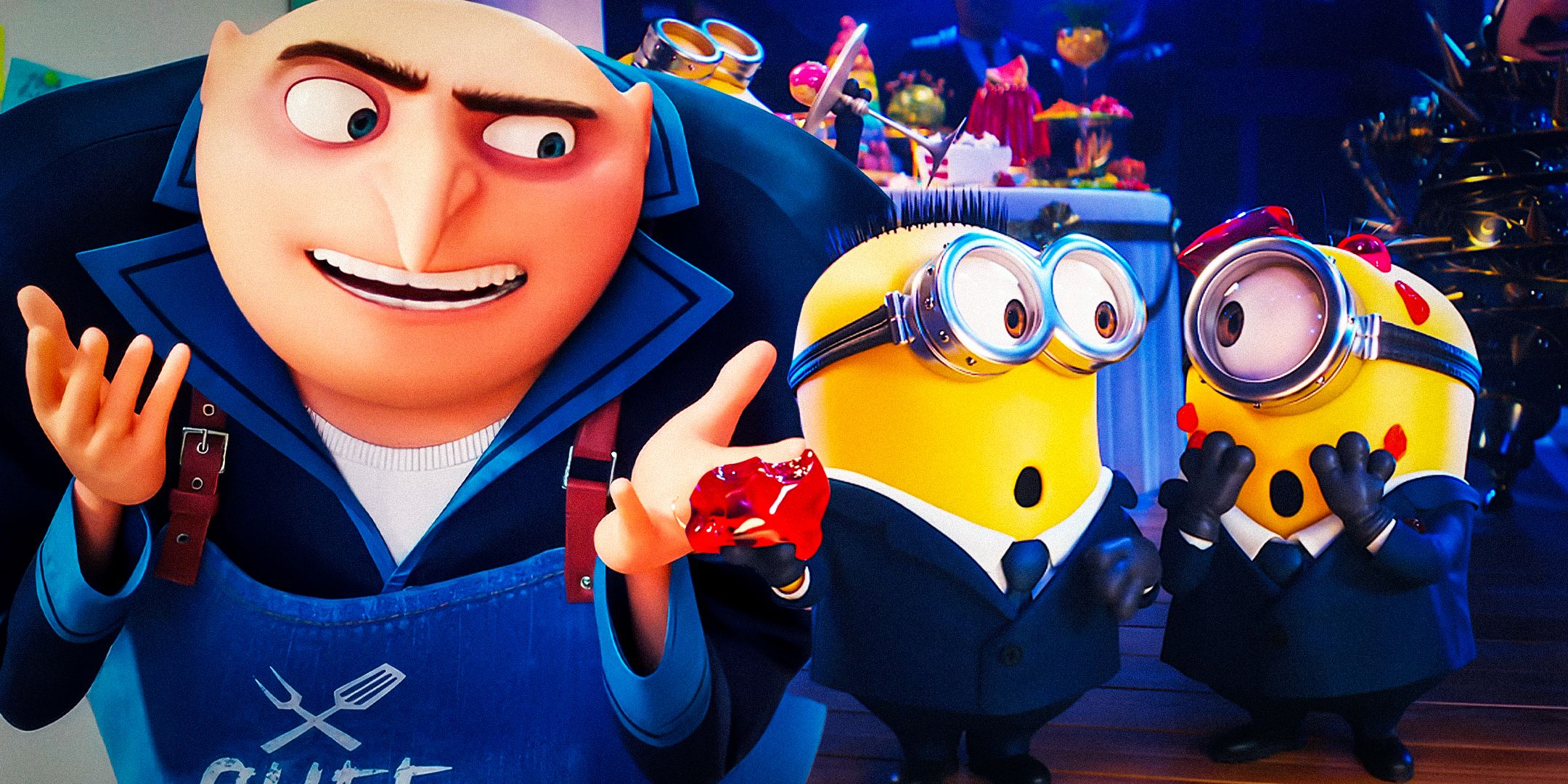David Fincher’s latest movie The Killer features several references and details that point to other classic films as well as his signature directorial style. Michael Fassbender stars as the ruthlessly cold and calculated unnamed assassin who had a flawless reputation before making a costly error during a planned hit in France. The film consists of several Fincher-isms in its narrative structure, cinematography, themes, and frequent collaborators, constructed with a similar meticulous perfectionism as its eerie, unblinking protagonist.
Parts of The Killer can feel inescapable in both compelling and unsettling ways, as Fassbender’s protagonist takes up the vast majority of the screen time. Fincher’s twelfth feature film after the underwhelming 1992 Alien 3 followed by the 1995 breakout Se7en, The Killer ingrains itself with modern sentiments and technologies while telling a timeless tale of revenge mixed with the classic hitman cinematic persona. A traditional and straightforward narrative choice for the Gone Girl and Fight Club director, The Killer is directly based on the graphic novel series of the same name by Alexis Nolent and Luc Jacamon.
10 Sitcom Character Aliases
The true identity of Fassbender’s assassin protagonist is never revealed in The Killer, but he does go by several aliases throughout the film that references popular 1970s and 1980s sitcom characters. Some of them include Sam Malone from Cheers, George Jefferson from The Jeffersons, and Archie Bunker from All in the Family. The sitcom aliases are a fun nod to the audience that acts as an inside joke between the viewer and the Killer since he only seems to use the credit cards and passports associated with the characters once. It is interesting, however, that no one picks up on the references inside the world of the film.
9 Agent 47-Inspired Outfits
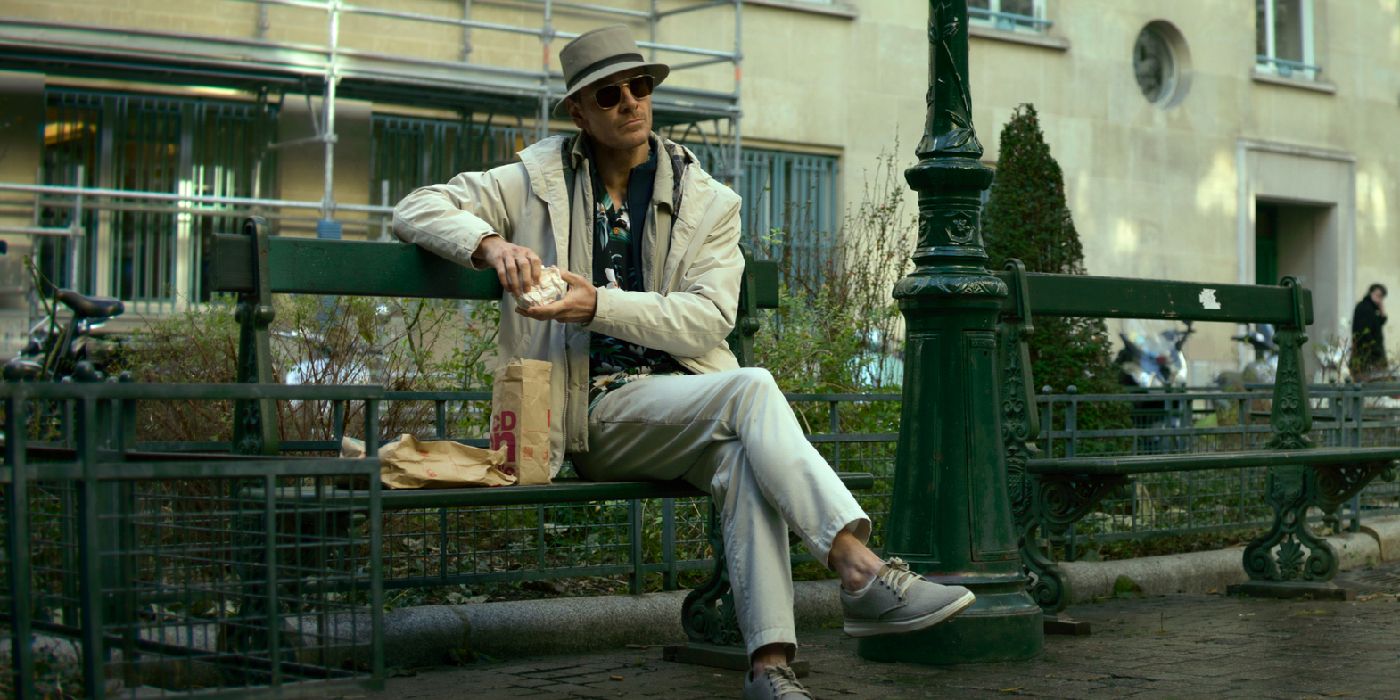
The ostensible stylistic influence of Agent 47, the main character in the popular HITMAN™ video game series, is seen throughout The Killer. Several of the outfits and disguises used by the Killer seem to be directly inspired by the vast wardrobe of Agent 47, who often changes disguises and aliases during the video game missions. The outfit pictured here is very reminiscent of the “Summer Suave Suit” of the HITMAN™ video game series and is only one example of the aesthetic similarities between Fassbender’s character and the celebrated Agent 47.
8 Reznor & Ross Musical Score
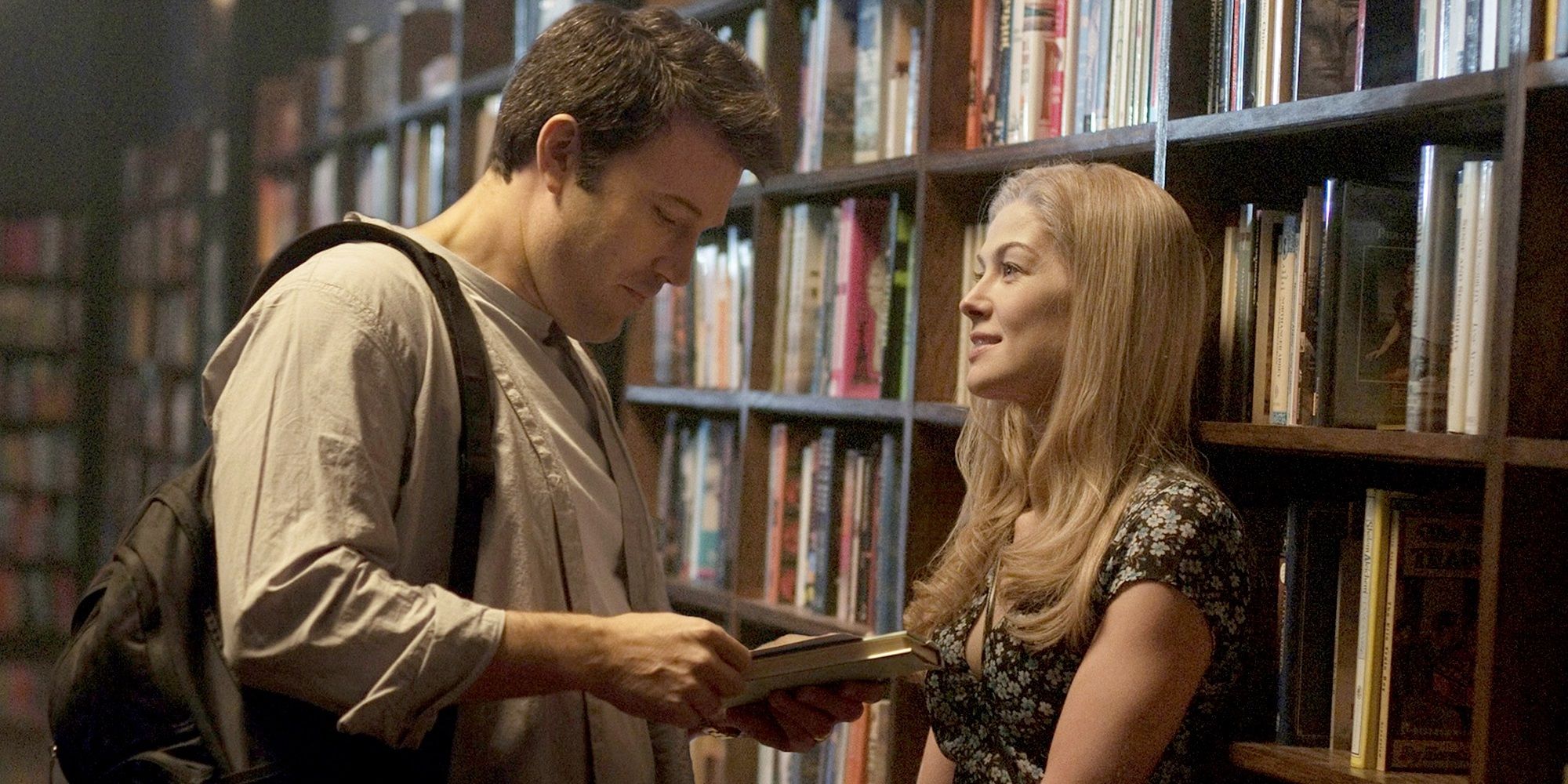
Since the groundbreaking release of The Social Network in 2010, Fincher has consistently employed the brilliant duo of Trent Reznor and Atticus Ross to compose the musical scores in his feature films. While The Killer might be overshadowed by the noticeable use of popular songs by The Smiths, it is also accompanied by another Reznor and Ross musical score that is mostly reminiscent of their previous work on the lengthy masterful soundtrack for The Girl with the Dragon Tattoo (2011).
7 Homage To Le Samouraï
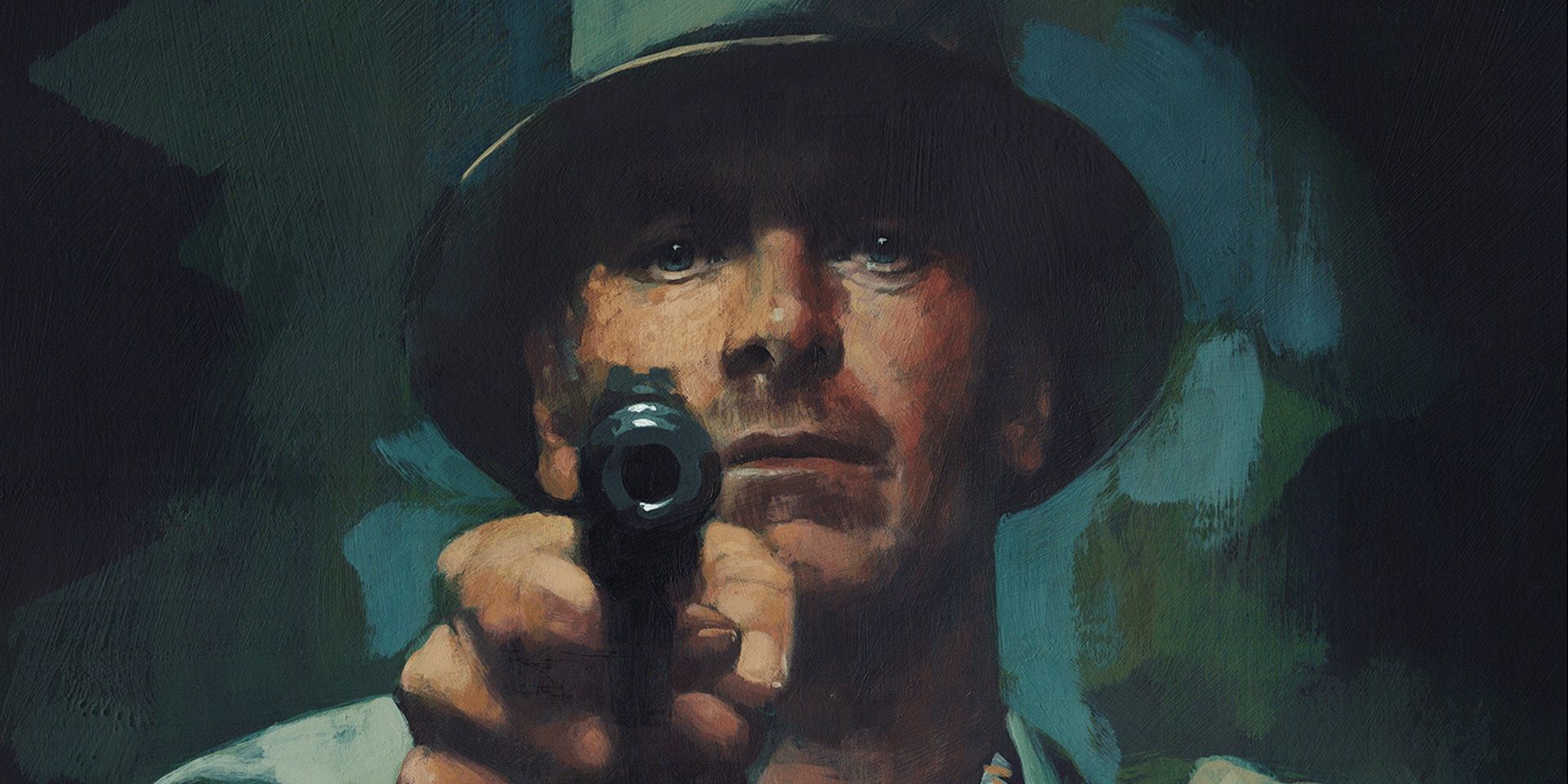
Many of the artistic elements of The Killer are clear visual references to what some would call the original hitman film classic, Le Samourï, a film that became one of the best works to come out of the pivotal French New Wave era of international cinema. Watching a trailer for Le Samourï alone would allow any viewer to pick up on the cinematographic and overall visual similarities between the two films, an inspiration for The Killer that even Fincher himself called “obvious” in an interview with Letterboxd.
6 Classic Voiceover Narration
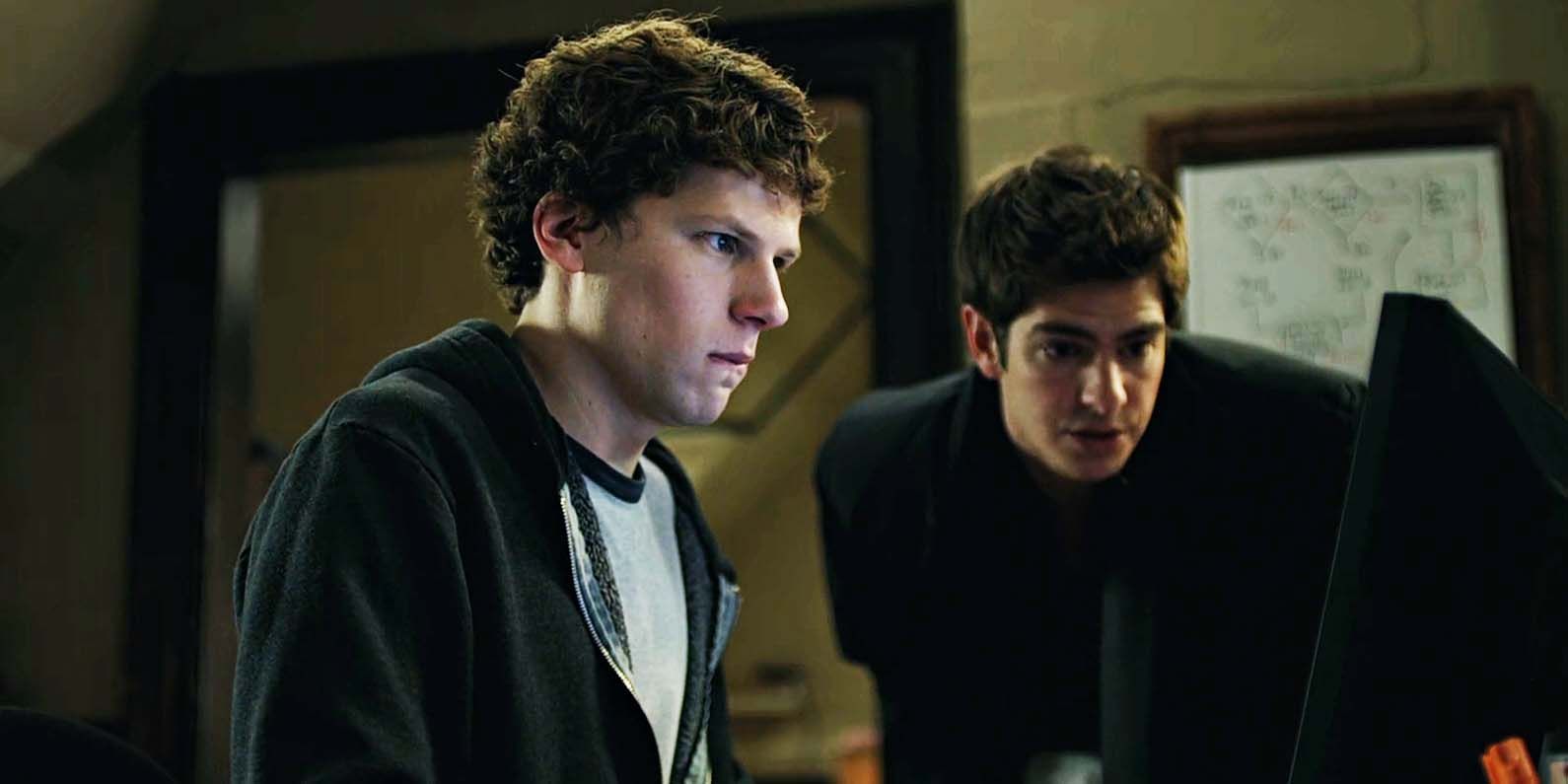
Several of Fincher’s most famous films have incorporated the use of voiceover narration to provide stream-of-consciousness, first-person information about how the protagonist thinks and sees the world. The Social Network begins with the iconic voiceover of a disgruntled young Zuckerberg drunkenly blogging about his ex-girlfriend months before inventing Facebook. Rosamund Pike’s chilling voiceover in Gone Girl signifies to the audience how she is ultimately an unreliable and manipulative narrator. The use of voiceover in Fight Club depicts the increasingly paranoid perspective of Edward Norton’s protagonist while also describing his warped philosophies, similar to The Killer.
5 HITMAN™ Assassination Tactics
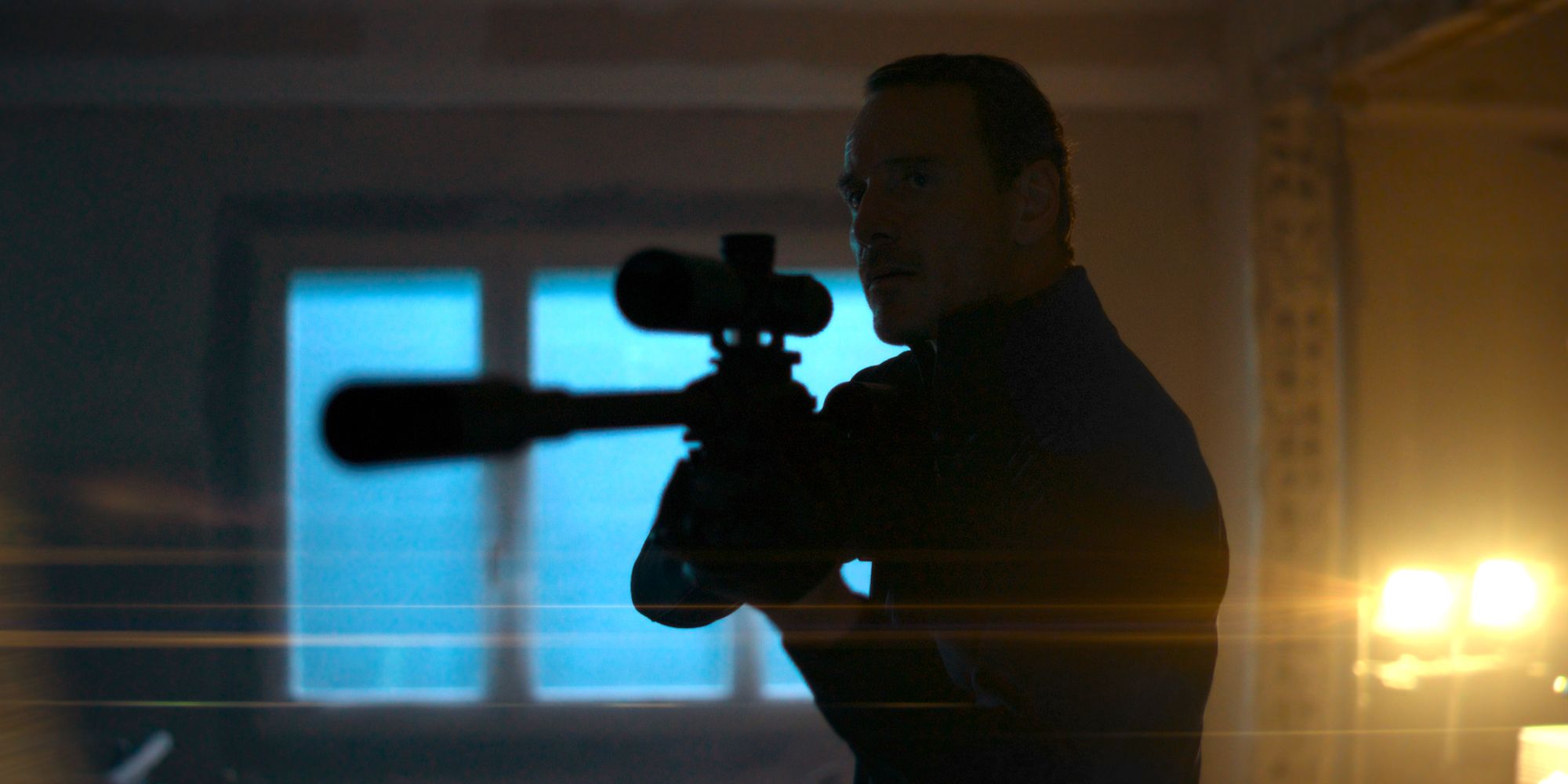
Many of the strategic tactics of the protagonist in The Killer are also reminiscent of Agent 47 in the Hitman video games. The Killer often speaks about finding creative ways to complete his objectives such as staged accidents and gradual poisonings, which are two of the primary methods of murder in the Hitman video games. The Killer also uses a signature sniper rifle and silenced pistols, wears numerous disguises, avoids surveillance, and disposes of evidence in a similar fashion to Agent 47 in the game series.
4 Modern Real-Life Services
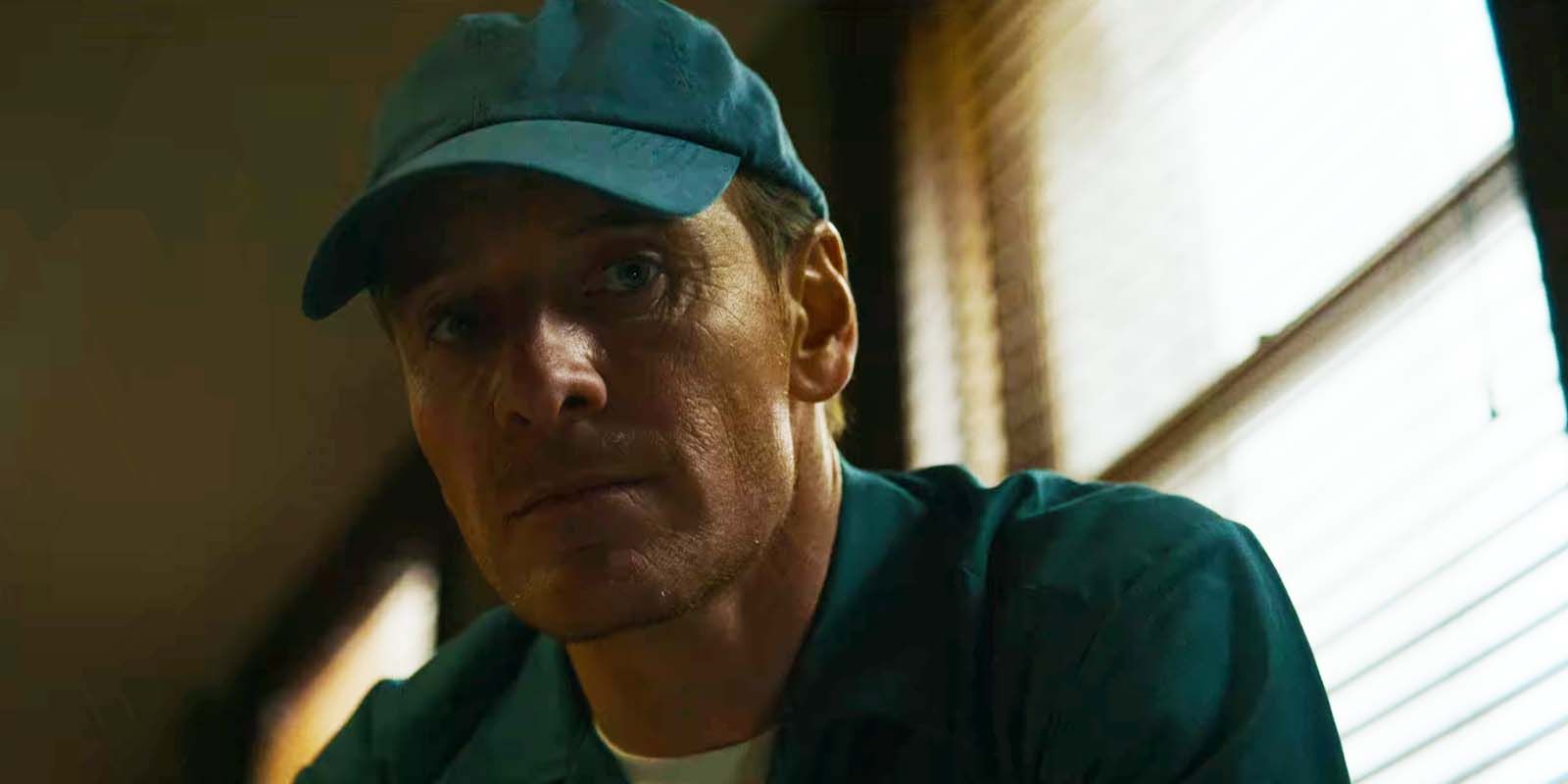
An interesting aspect of The Killer is the intentional integration of its plot into modern life through well-known international services such as Airbnb, WeWork, Uber, Amazon, Google, FedEx, and Postmates. Doing so adds an impressive sense of realism to The Killer that makes it feel as though there are actually people like Fassbener’s eerie protagonist walking around hiding in plain sight. It is also in part a Fincher-ism to use current and authentic brand names and establishments to help his films and television series feel more lifelike and present.
3 Rear Window’s Cinematography
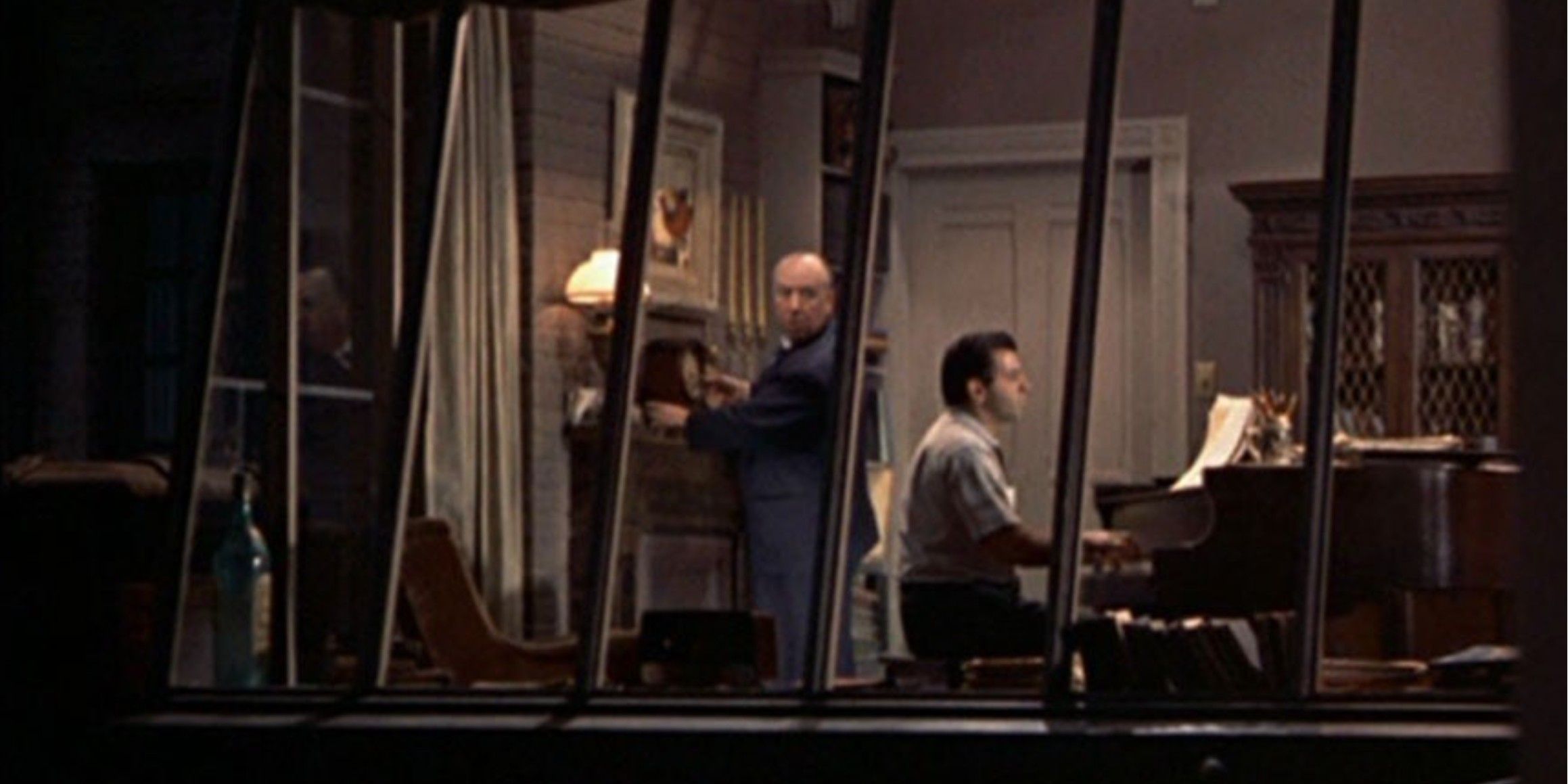
Much of the initial cinematography in The Killer pays tribute to the groundbreaking cinematography of Alfred Hitchcock’s classic Rear Window. The innovative use of POV shots that look into various windows in a city was popularized by Hitchcock’s 1954 film and created a remarkable sense of voyeurism through cinematography alone. Anytime there are shots like these that peer into far-off rooms among city streets and spy on the action, it’s difficult for any film buff not to instantly think of Rear Window.
2 The Conversation’s Themes
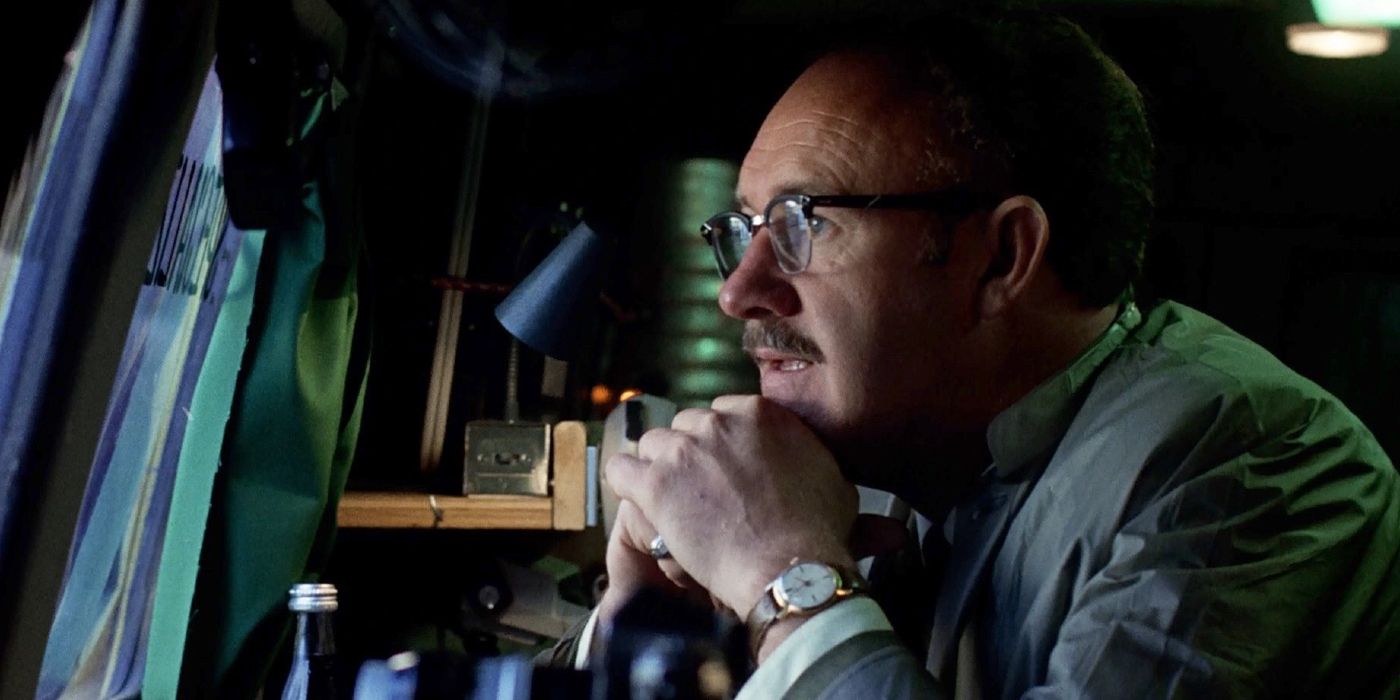
The Conversation (1974) is another classic example of voyeurism in cinema and is heightened by the inescapable themes of surveillance and ensuing paranoia. The aspects of using hidden technologies to spy on others in The Conversation are felt throughout The Killer, as well as the notion of a talented and dedicated expert going to extreme lengths to uncover the truth at all costs. The Converstaion’s unnerving tone is especially felt in the moments in between Fassbender’s self-convincing voiceover, when reality starts to break through the cracks of his persistent mantras.
1 Nihilism of Fincher’s Protagonist
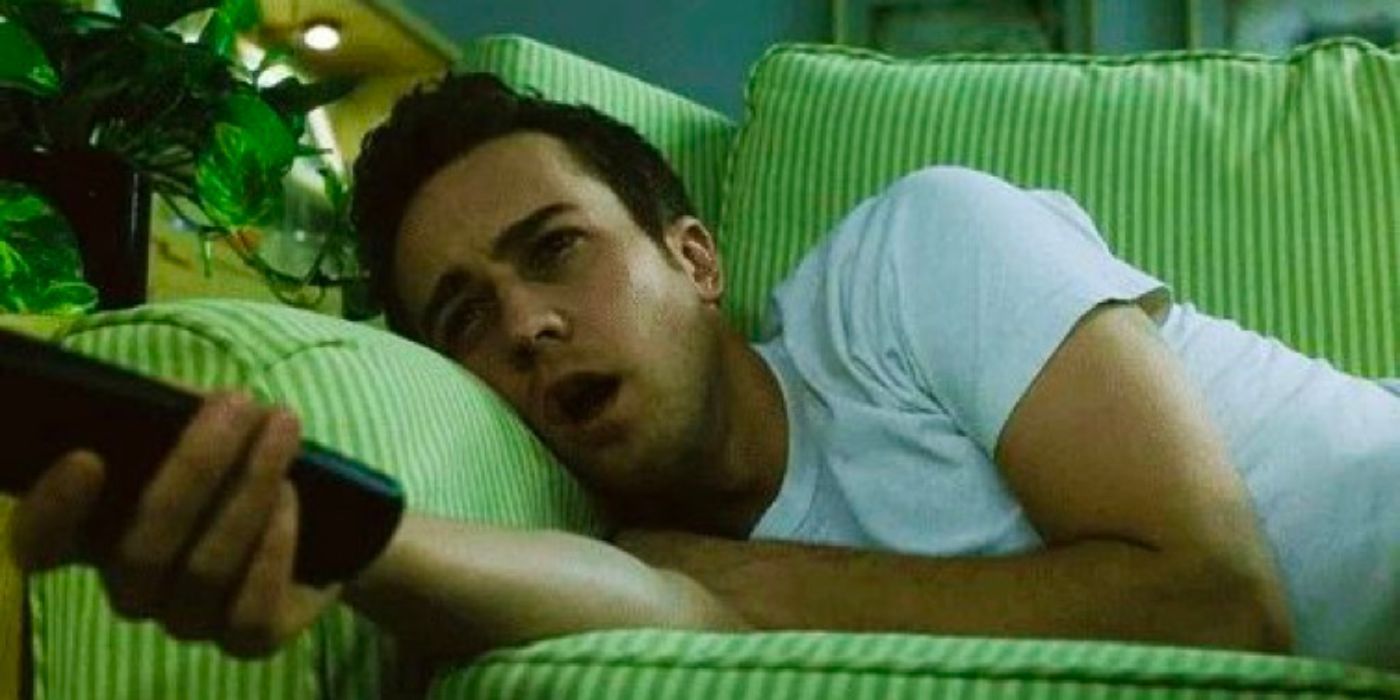
Many of Fincher’s protagonists possess a deep sense of nihilism and cynicism for the world and people around them. Fassbender’s character in The Killer is no exception. Similar to Edward Norton’s role in Fight Club and Jesse Eisenberg’s rendition of Zuckerberg in The Social Network, The Killer is set on certain philosophies of life that end up consuming him. The Killer is intelligent, driven, and self-aware, but is forced to subscribe to a cynical mindset due to his methodologies of perfection and achievement. In this way, the protagonists of The Social Network and The Killer are surprisingly quite similar.
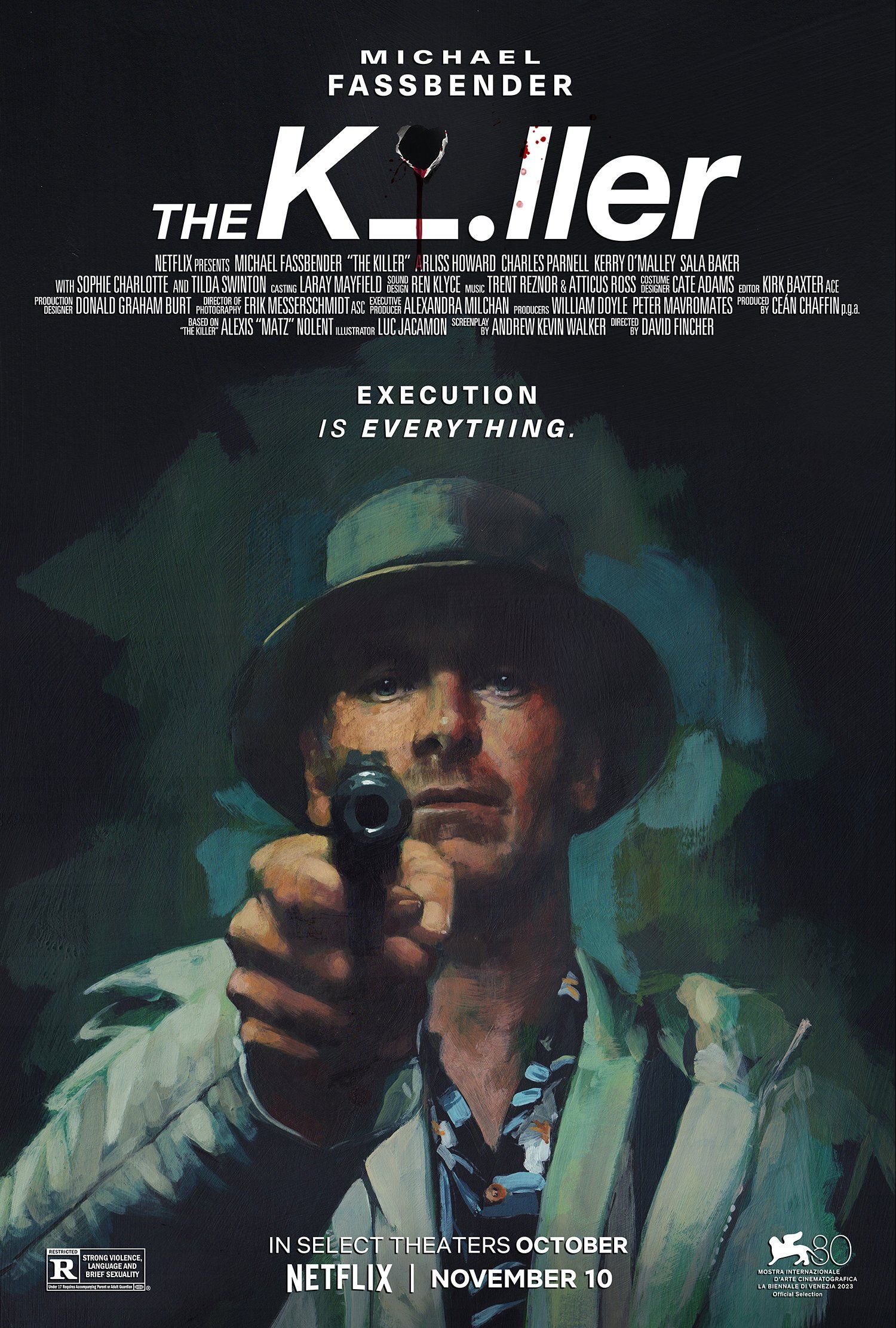
The Killer (2023)
- Release Date:
- 2023-11-10
- Director:
- David Fincher
- Cast:
- Michael Fassbender, Tilda Swinton, Kerry O’Malley, Charles Parnell, Lacey Dover, Monique Ganderton, Sala Baker
- Rating:
- R
- Runtime:
- 118 Minutes
- Genres:
- Action, Adventure, Crime
- Writers:
- Andrew Kevin Walker
- Story By:
- Alexis Nolent, Luc Jacamon
- Studio(s):
- Plan B Entertainment, Boom! Studios
- Distributor(s):
- Netflix
